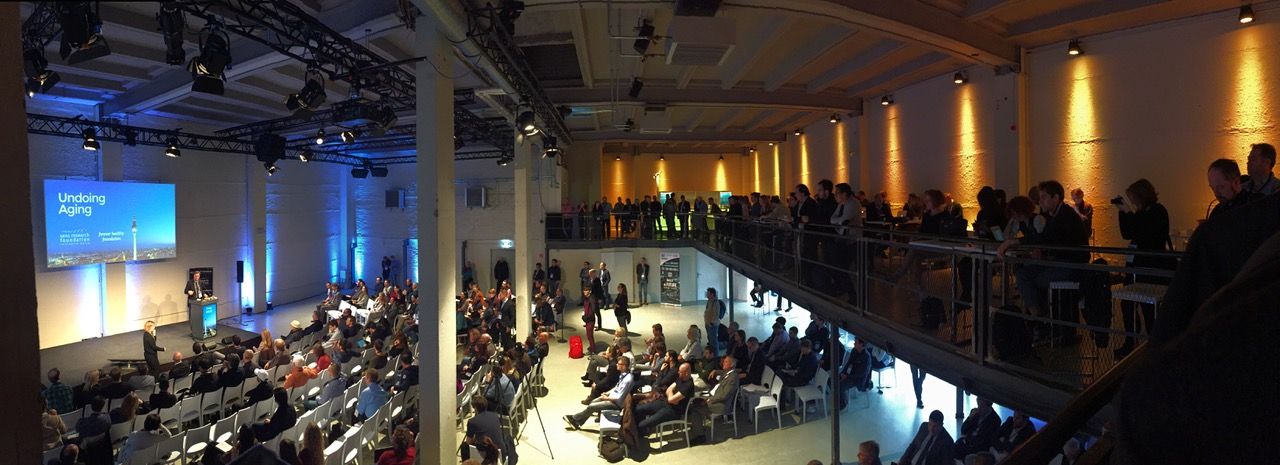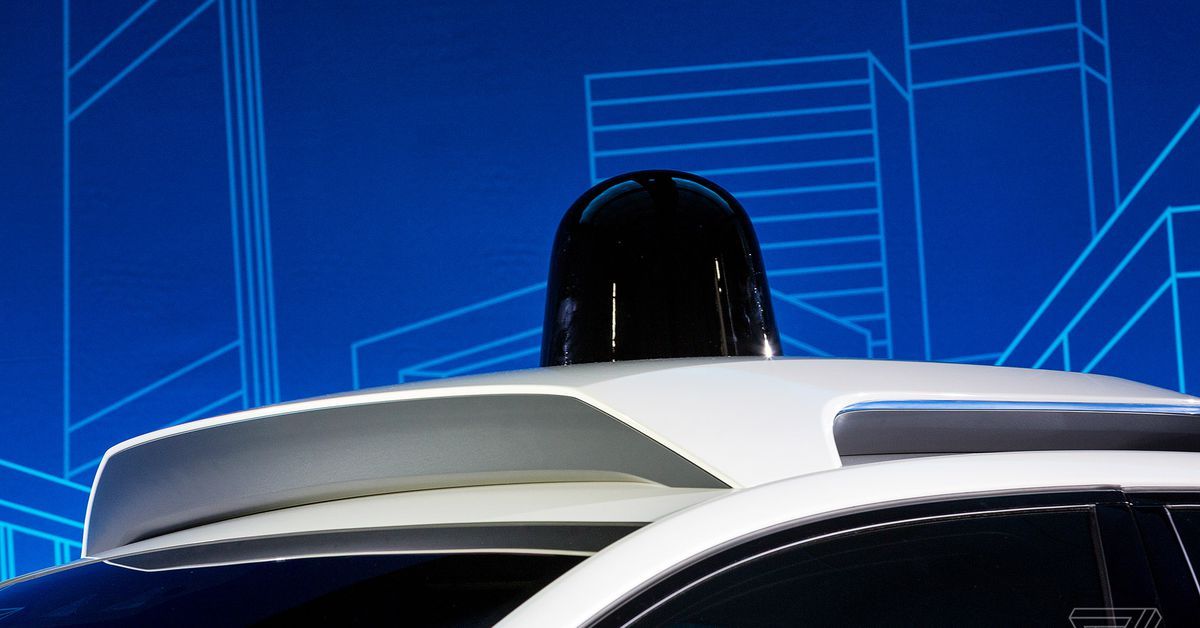It seems reasonable that people would want to maximize various aspects of life if they were given the opportunity to do so, whether it’s the pleasure they feel, how intelligent they are, or how much personal freedom they have. In actuality, people around the world seem to aspire for more moderate levels of these and other traits, according to findings published in Psychological Science, a journal of the Association for Psychological Science.
“Our research shows that people’s sense of perfection is surprisingly modest,” says psychological scientist Matthew J. Hornsey of the University of Queensland, first author on the research. “People wanted to have positive qualities, such as health and happiness, but not to the exclusion of other darker experiences—they wanted about 75% of a good thing.”
Furthermore, people said, on average, that they ideally wanted to live until they were 90 years old, which is only slightly higher than the current average life expectancy. Even when participants imagined that they could take a magic pill guaranteeing eternal youth, their ideal life expectancy increased by only a few decades, to a median of 120 years old. And when people were invited to choose their ideal IQ, the median score was about 130—a score that would classify someone as smart, but not a genius.








